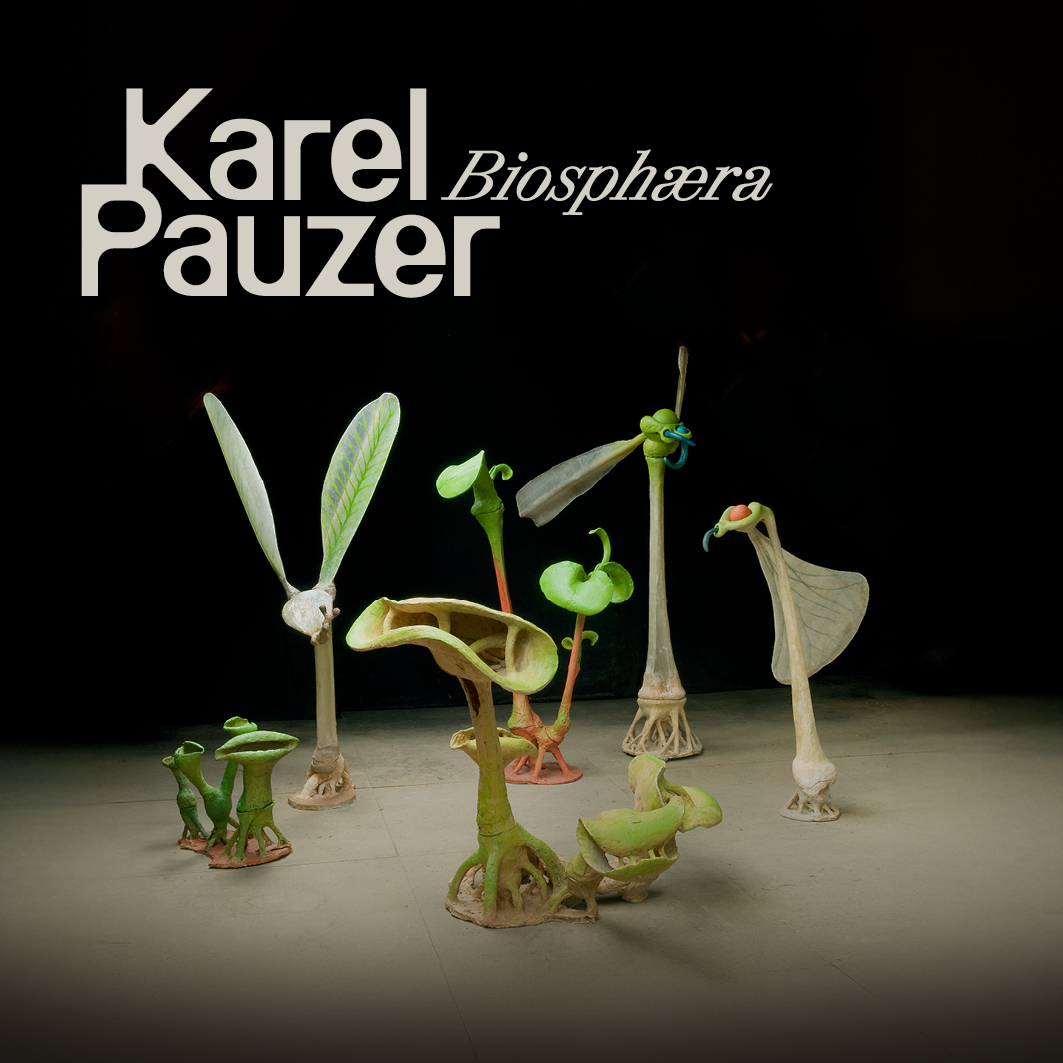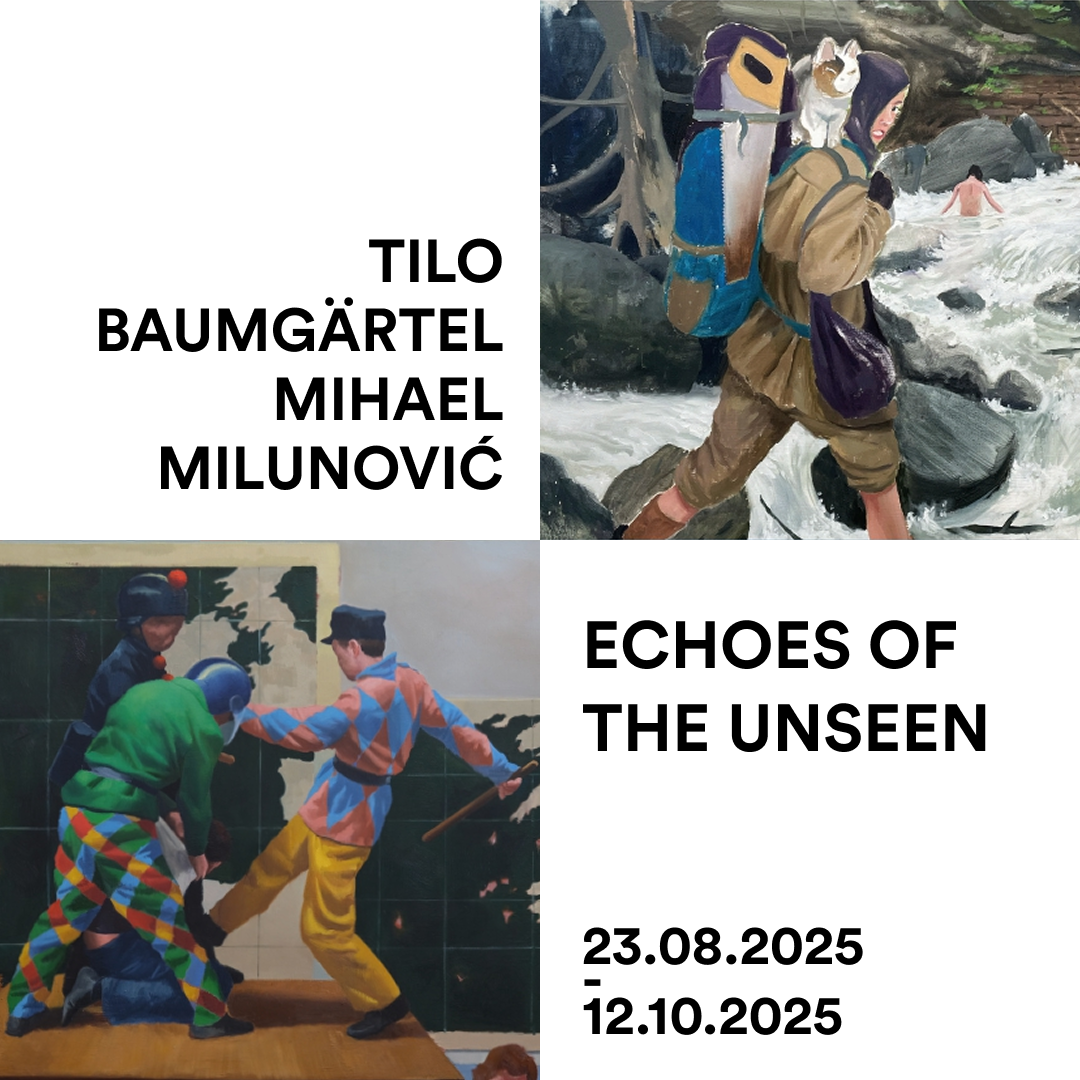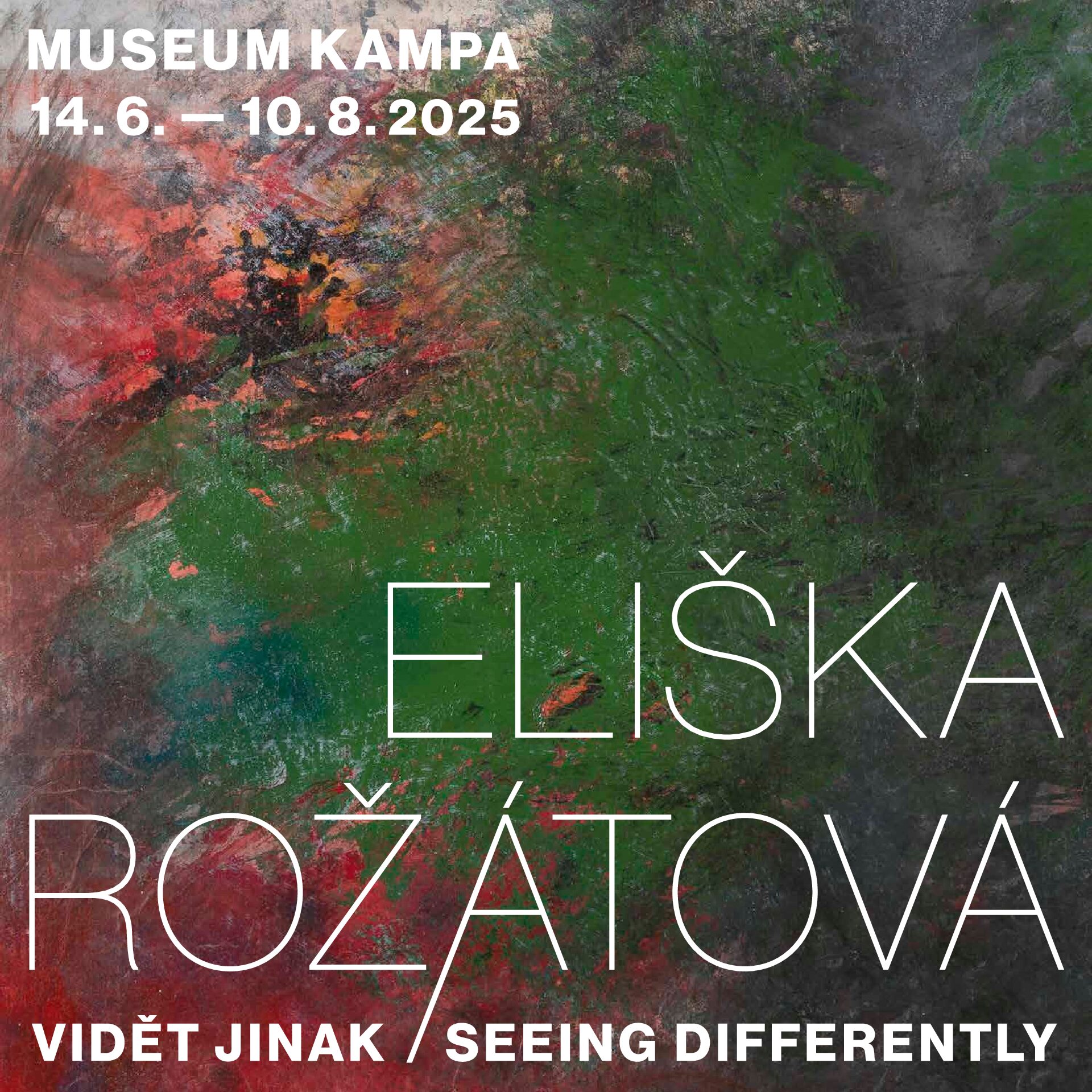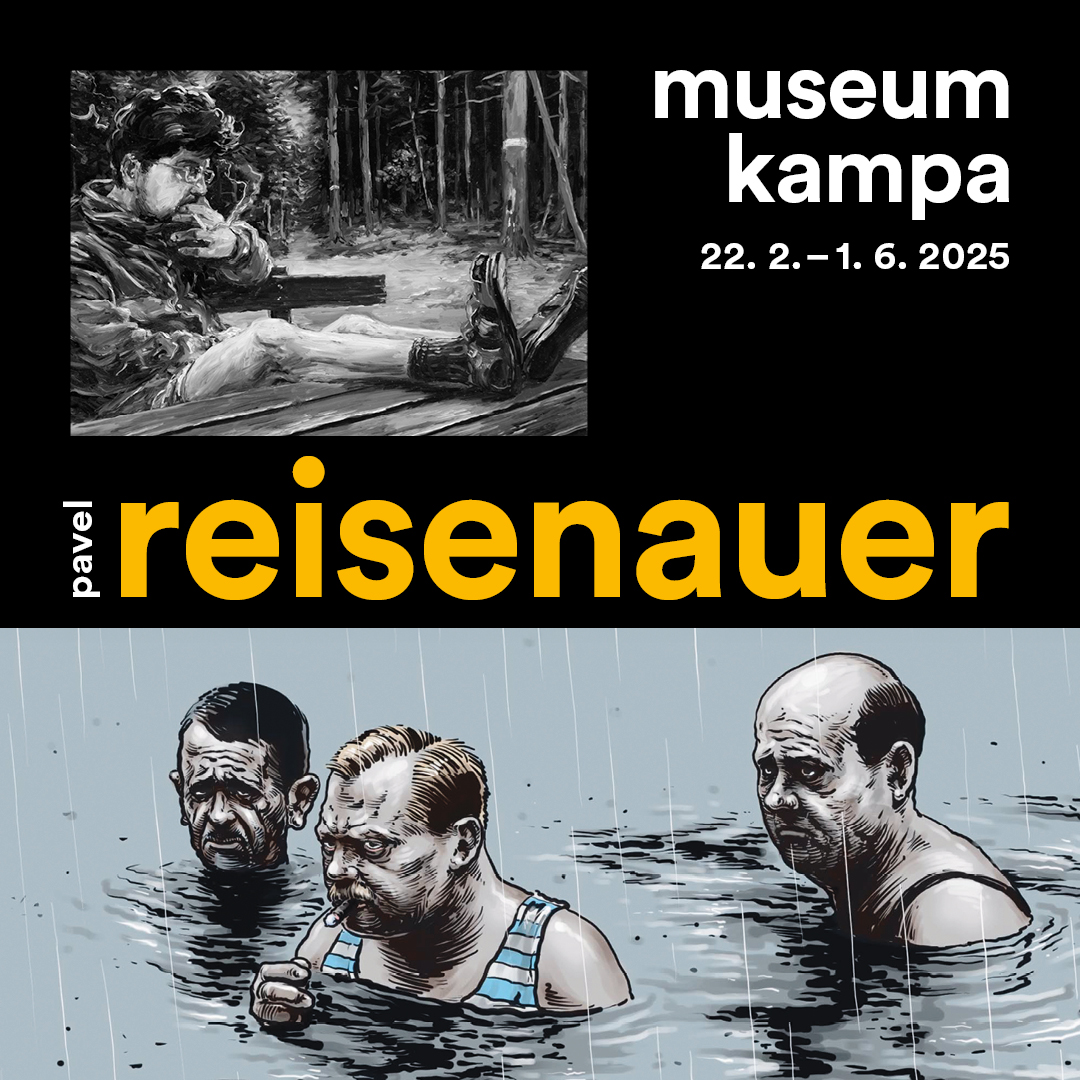Karel Pauzer – Biosphæra
[vc_row content_text_aligment="" use_row_as_full_screen_section="no"][vc_column][vc_custom_heading text="8. 11. 2025 – 11. 1. 2026" font_container="tag:h3|text_align:left" use_theme_fonts="yes"][vc_custom_heading text="Karel Pauzer – Biosphaera" use_theme_fonts="yes"][/vc_column][/vc_row][vc_row content_text_aligment="" use_row_as_full_screen_section="no"][vc_column][vc_column_text]The sculptor Karel Pauzer replaced the human being at the center of attention with creatures of the biosphere — fauna and flora. His creations speak about people in an epic, metaphorical, naturalistic, and expressive way. He works with a material that is entirely natural for sculpture yet somewhat overlooked — fired clay. He polychromes the surfaces of his sculptures using painting techniques. In the 1960s, he focused on reliefs of minimalist shapes containing meta-records of his life events, somewhat reminiscent of enigmatic ancient clay tablets. The sculptor’s most characteristic creatures are individuals, pairs, and families of canines. The anatomy of their mutual relationships resembles human interactions — here too, it is about maternal care or the struggle for dominance. Are these families held together by love or by a sense of security? What preceded the scene of three beasts intertwined in mutual aggression? And what will follow? He assembles his figures so skillfully that the seams are invisible. His original way of connecting forms evolved in the 1980s into new organisms — so-called arthropods. The themes of plants and insects began to prevail, featuring colored surfaces and translucent laminated wings. The lofty vertical forms resemble dragonflies and the grimacing little animal mouths of green vegetation. His drawings were created during the same periods as his sculptures but have their own distinct, highly abstract themes. They reach the elemental level of creation. His drawing cycle the Private Genesis arises from long-term observation of natural growth, blossoming, and decay. The artist calls his work a willful natural history. He has created a complex universe where the main role is played by what we observe in nature. Pauzer’s world is not evil, but it is certain that he










